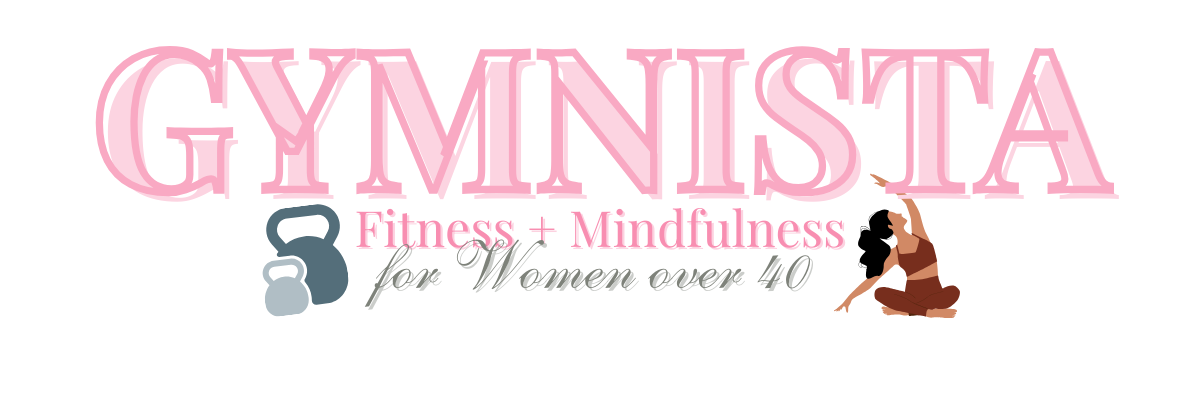As women move through their 40s and beyond, maintaining strong, stable joints becomes more than just a fitness goal — it’s the foundation for staying active, confident, and pain-free. Hormonal shifts, muscle loss, and years of repetitive movement can create imbalances that leave joints vulnerable to aches, stiffness, or even injury.
The good news? You can build stability at any age, and strength training is one of the most powerful ways to do it. If your knees creak going upstairs, your hips feel tight after sitting, or your shoulders protest when you reach overhead, it’s time to strengthen the muscles that support them. With care of course. If you’ve suffered an injury of any kind, consult with your medical team to move forward with fitness.
Why Joint Stability Matters After 40
Joint stability is what keeps your body moving smoothly. It depends on strong muscles, healthy connective tissue, and proper movement patterns. But starting in your 40s, muscle mass naturally declines (about 3–5% per decade), and hormones like estrogen dip, which can accelerate loss of both muscle and joint-protective collagen.
Without enough strength around the joints, the load shifts onto ligaments, tendons, and cartilage, causing pain or inflammation. This is why many women notice new knee aches or shoulder stiffness during perimenopause and menopause. Building joint stability through strength training reduces wear-and-tear and gives your body the support it needs to keep doing what you love. That’s from lifting groceries to crushing a workout.
Key Areas to Focus On
1. Knees:
Strengthen your quadriceps, hamstrings, and glutes to absorb shock and reduce stress on the knee joint.
2. Hips:
Strong glutes and hip stabilizers keep your pelvis aligned and prevent overuse injuries in the lower back and knees.
3. Shoulders:
Target the rotator cuff and upper back muscles to improve posture and prevent shoulder impingement or instability.
Midlife-Friendly Strength Moves for Joint Stability
Start with these safe, effective exercises two to three times per week. Focus on form, controlled tempo, and moderate resistance.
- Glute Bridges – Strengthen glutes and hamstrings for knee and hip support
- Step-Ups – Build single-leg strength and balance
- Side-Lying Clamshells – Target hip stabilizers and improve pelvic control
- Mini Squats or Box Squats – Protect knees while building quad and glute strength
- Wall Angels – Mobilize and strengthen upper back and shoulder stabilizers
- Light Dumbbell Rows – Improve posture and support shoulder joints
Pro tip: Always warm up your joints with dynamic stretches before lifting, and finish with light mobility work like hip circles or shoulder rolls to keep your range of motion healthy.
Lifestyle Habits That Support Joint Health
Exercise isn’t the only factor. To keep your joints happy:
- Stay active daily. Walk, stretch, or do yoga to keep blood flow moving.
- Fuel with protein. Adequate protein supports muscle repair and joint tissue.
- Prioritize recovery. Rest days allow joints to recover from strength sessions.
- Maintain a healthy weight. Less load on joints equals less wear-and-tear.
- Hydrate. Water keeps cartilage cushioned and reduces stiffness.
Build Stronger Joints With a Plan Designed for You
If you’re ready to protect your joints while sculpting lean muscle, get a workout program for women over 40 that’s built specifically for midlife needs. My Fitness Over 40 Program is designed to help you gain strength safely, support your joints, and feel confident in your body again, without hours in the gym or high-impact workouts.
Your body is capable of incredible strength at any age. Start showing your joints the love they deserve, and they’ll carry you through the next decades with power and ease.
0